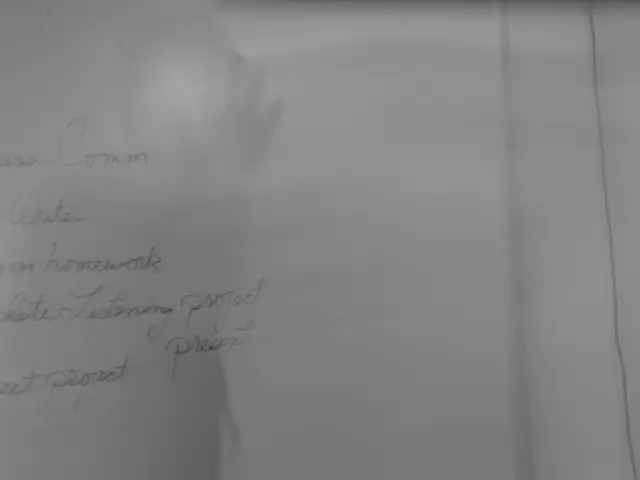Rapidly developing lake predicted to reach capacity in hours.
In Switzerland's Lötschental valley, concern mounts after a glacier collapse caused by rapid ice and rock melt. The debris has blocked the Lonza River, creating a rising lake that authorities fear may overflow in the early hours of the morning.
Following the collapse of the Birch Glacier above the village of Blatten on May 29, 2025, a large portion of the village and the riverbed have been buried under debris. This has led to concerns about potential flooding if the lake formed by the dammed river overflows.
Preemptive evacuations were executed earlier in May for around 300 residents and livestock, with the Swiss army now on standby in response to the unfolding situation. The regional government has warned that the blocked river could lead to the formation of a natural dam, and a subsequent water overflow.
Swiss Environment Minister Albert Rösti described the event as "extraordinary," and the government has pledged to assist affected villagers. Glaciologists have linked the glacier's collapse and ongoing instability to accelerated melting caused by global warming, with Swiss glaciers showing significant volume losses in recent years.
Additional threats come from potential further collapses and rockfalls on the mountain. Hundreds of thousands of cubic meters of rock remain at risk of falling from Kleine Nesthorn, while debris avalanches now pose a threat. The condition of the debris pile remains uncertain, as it contains ice that could form water pockets.
Further downstream, the village of Ferden also faces potential flooding. In addition, buildings initially spared by the glacier collapse have been destroyed by the backed-up water of the Lonza River. The previously evacuated village of Blatten, situated at approximately 1,500 meters, is the last in the 27-kilometer-long Lötschental valley.
The 300 residents of Blatten were evacuated hours before the glacier's collapse, with fears of additional debris carrying downstream once the lake empties. A local resident who was in the disaster area on Wednesday remains missing.
Sources: ntv.de, hul/dpa/AFP
Keywords: Switzerland, Glaciers, Natural Disasters, Climate Change, Alps.
- Given the recent collapse of the Birch Glacier in Switzerland's Lötschental valley and the subsequent blocking of the Lonza River, the local community policy is emphasizing health-and-wellness concerns, especially with regards to potential flooding caused by the rising lake.
- As the Swiss government responds to the glacier collapse and the potential for further environmental changes, such as climate-change induced melting, they are relying on the expertise of environmental-science professionals to analyze the situation and devise appropriate strategies to mitigate risks and protect the community.




